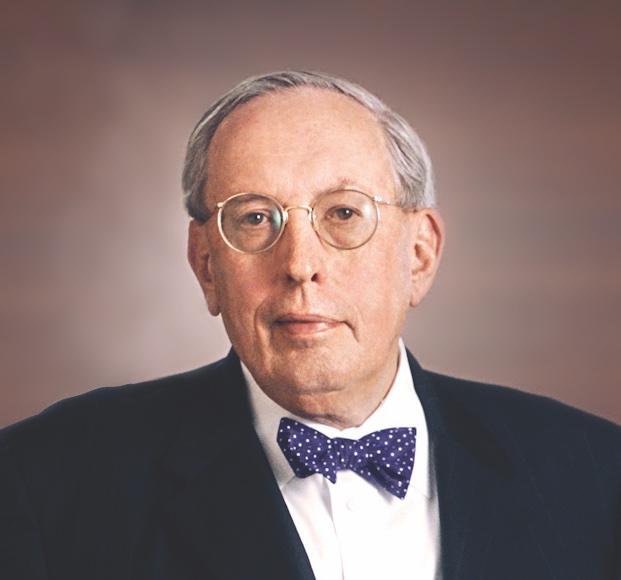Home / Campus News / Ahead of the Curve

Vice President of Medical Affairs
Lewis Landsberg Dean
Ahead of the Curve
In a remarkable place such as ours — a medical school designed for continuous learning, innovation, and discovery — looking ahead is central to our mission. The students we train today will become future leaders; the knowledge we uncover in the now can become treatments and cures for tomorrow.
We believe ideas sparked by collaboration have the power to generate electricity, catalyze people, and drive meaningful change. To this end, at a recent research retreat, over 300 principal investigators gathered to establish priorities that will guide our enterprise for the next five years and beyond, positioning us to better meet the greatest challenges of the future.
Our teaching faculty, likewise, continuously innovate and study the impacts of novel education strategies on learning outcomes and downstream patient-care quality. The field of medicine is undergoing tremendous change, and while our rigorous curriculum has always produced outstanding clinicians, educators, and scholars, we intend to create the next generation of great physician scientists, whose transformational leadership will chart the course.
While we cannot know what the practice of medicine will look like in 30, 40, or 50 years — when our current trainees will be deep into long careers — that is indeed the very period we are shaping now. The questions we pose, the plans we make today, will collectively determine the time ahead.
This issue of Northwestern Medicine magazine offers intriguing examples of such visionary thinking and might inspire you to consider what is possible when brilliant minds come together with significant purpose.
Take, for instance, the new Potocsnak Longevity Institute, which signals an ambitious new multidisciplinary approach to the science of aging. Led by Douglas Vaughan, MD, chair of the Department of Medicine, the institute aims to better understand complex biological changes and discover therapies and lifestyle interventions that can expand the healthspan for all people (read the story here).
Another example of forward thinking comes from the Human Proteoform Project, led by Neil Kelleher, PhD, director of the Chemistry of Life Processes Institute and a professor of Medicine at Feinberg. As this global team works to characterize all known proteoforms while systematically discovering new ones, the potential and promise to impact human health and our study of disease is enormous (read the story here).
And Satish Nadig, MD, PhD, the new director of the Comprehensive Transplant Center (CTC), arrived this past fall with bold plans to usher in the era of modern immune tolerance following transplantation. At the helm of a stellar team already making strides, his patient-centric approach to innovation and technology may change the paradigm for transplants (read the story here).
Finally, we share a quest for a future in which there is equity in healthcare. A report from a group of Black McGaw Medical Center alumni who have changed the face of the Department of Orthopaedic Surgery — and medicine — over the past five decades is inspiring.
We are forever grateful to the great minds in our midst. We aim to foster an environment in which grand plans are encouraged and people are undaunted by even the loftiest, most intimidating goals. Staying ahead of the curve demands the best of us.
With warm regards,
Eric G. Neilson, MD
Vice President for Medical Affairs
Lewis Landsberg Dean










